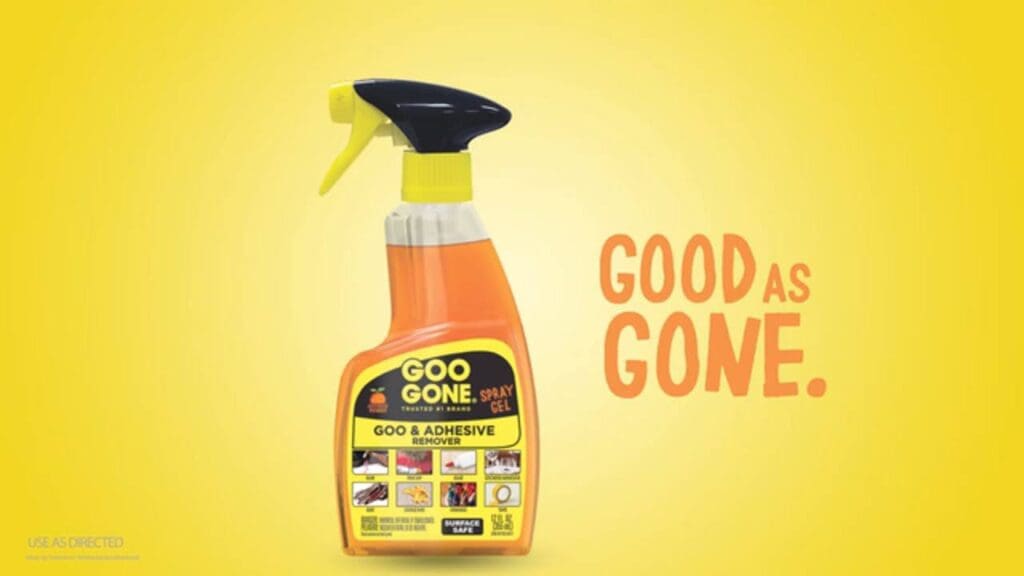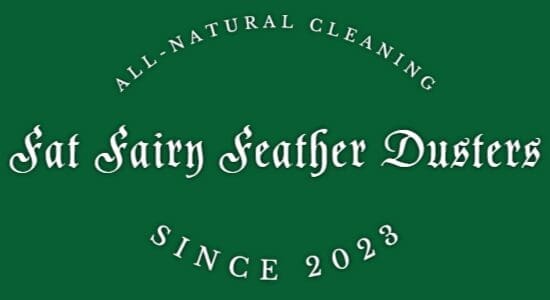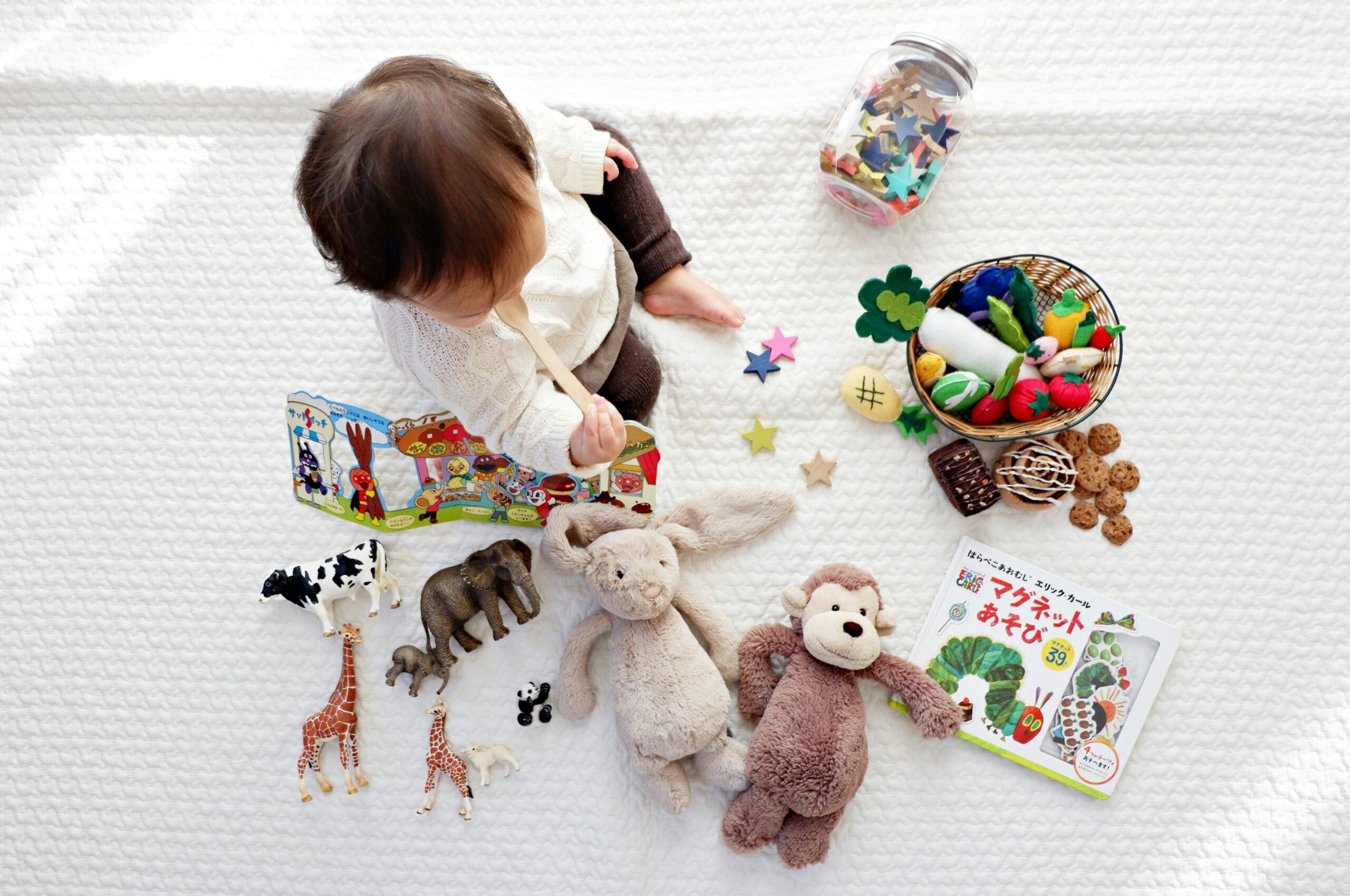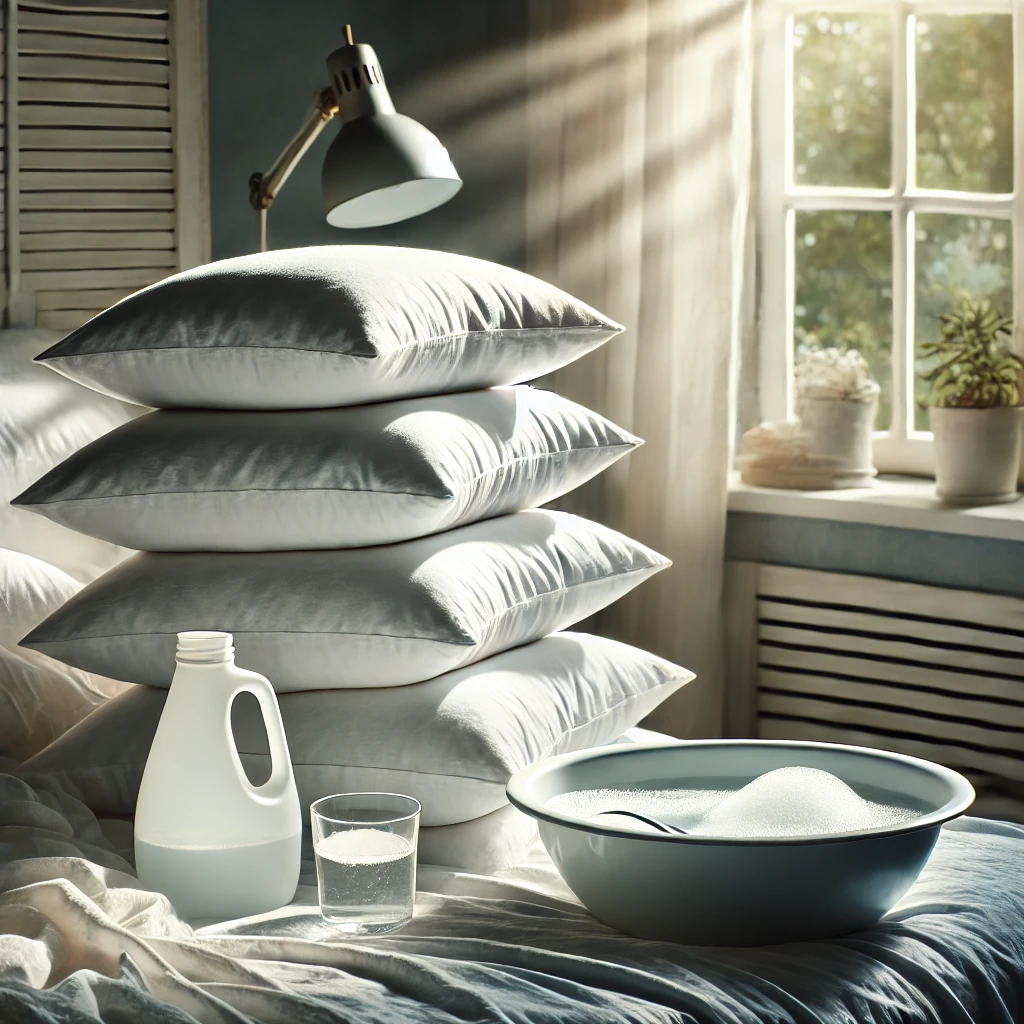
What Kind of Stains Can Goo Gone Remove?
Goo Gone is effective on a variety of tough stains from hard, non-porous surfaces. While it’s famously used for removing adhesives, it can also tackle:- Lipstick
- Crayon marks
- Tree sap and tar
- Certain glues (though not strong adhesives like Super Glue or acrylic nail glue)
- Grease and oil
- Gum
- Ink
- Rubber residue
- Wax
- Wallpaper adhesive
- Window tint residue
- Dust build-up
- Baked-on grease
- Grime
- Coffee stains
- Dried caulk, putty, or plaster
- Bird droppings
- Bug splatter (especially on vehicles)
- Stains from bodily fluids or mucus
- Mouse trap residue
- Marker and paint transfer (e.g., from bumping a car into a pole)
- Soot build-up
- General dirt
- Weather stripping residue
What Surfaces Can You Use Goo Gone On?
- Baking Pans and Cookware
- Goo Gone is not food-safe, so it must be thoroughly washed off with mild dish soap and warm water before using the cookware. Goo Gone also makes a kitchen degreaser, but like all cleaners, it must be rinsed off completely before cooking.
- Bathtubs
- Great for tackling built-up grime or residue.
- Vehicles
- Use it on the car’s exterior to remove bird droppings or bug splatter. It can also be used carefully on hard interior surfaces, but avoid using it on upholstery or sensitive finishes.
- Carpet
- Apply Goo Gone to a clean cloth first, then gently blot the stain. Follow up by cleaning the area with soap and water.
- Ceramic or Tile
- Perfect for removing sticker residue or glue from tile surfaces, especially in bathrooms and kitchens.
- Clothing or Apparel
- Before applying, always test on a hidden area like an inside hem to ensure it doesn’t damage the fabric. Never treat clothes while wearing them. Apply Goo Gone to the stained area using a clean white cloth. Blot (don’t rub), then wash the garment separately with extra detergent. Inspect the item before drying—if the stain remains, repeat the process. Avoid using Goo Gone on delicate fabrics such as silk, suede, leather, or rubber.
- Concrete or Cement
- Safe for sealed, non-porous surfaces.
- Dusty or Grimy Hard Surfaces
- For surfaces like varnished wood or glass, use Goo Gone as you would a multi-purpose cleaner, then follow up with a suitable surface cleaner (glass cleaner or wood polish) to remove any residue.
- Gold
- If the gold item is lacquered, Goo Gone may strip the coating. Always test a small, hidden area first.
- Golf Clubs
- Goo Gone Original is safe on metal parts but not on rubber, so avoid contact with grips. Test in a discreet area first.
- Hardwood Floors
- Only use Goo Gone on finished wood surfaces.
- Dryers
- Use carefully and always according to instructions. Apply Goo Gone to a cloth (not directly onto the surface), rub the affected area, wash with mild dish soap and warm water, and dry thoroughly. Follow up with rubbing alcohol to remove any remaining residue.
- Painted Surfaces
- Safe on gloss finishes. Avoid flat or matte paint finishes.
- Plastics
- Test on an inconspicuous spot first—compatibility may vary depending on the type of plastic.
- Plexiglass (Acrylic Sheets)
- Check with the manufacturer and always test a hidden area first.
- Quartz
- Safe if the surface has been sealed within the past year.
- Skin and Hair
- Do not use the original Goo Gone on skin or hair—it’s a skin irritant. Use Goo Gone Bandage & Adhesive Remover, which is formulated for skin contact.
- Vinyl
- Only use on hard vinyl surfaces.
- Stainless Steel
- Safe on genuine stainless steel—avoid using on faux stainless or coated finishes.
Surfaces to Avoid
Do not use Goo Gone on the following materials:- Cork
- Unfinished wood
- Flat or matte paints
- Drywall
- Paper or book covers
- Soft faux leather
- Genuine leather
- Unglazed ceramic surfaces
- Natural fibers like silk
- Wallpaper or window tint you don’t want to remove
Safety Guidelines
For your safety and the safety of your family:- Always use Goo Gone in a well-ventilated area.
- Keep away from heat, open flames, or sparks.
- Store out of reach of children and pets.







